Instruction
Your pelvis is the key to more distance
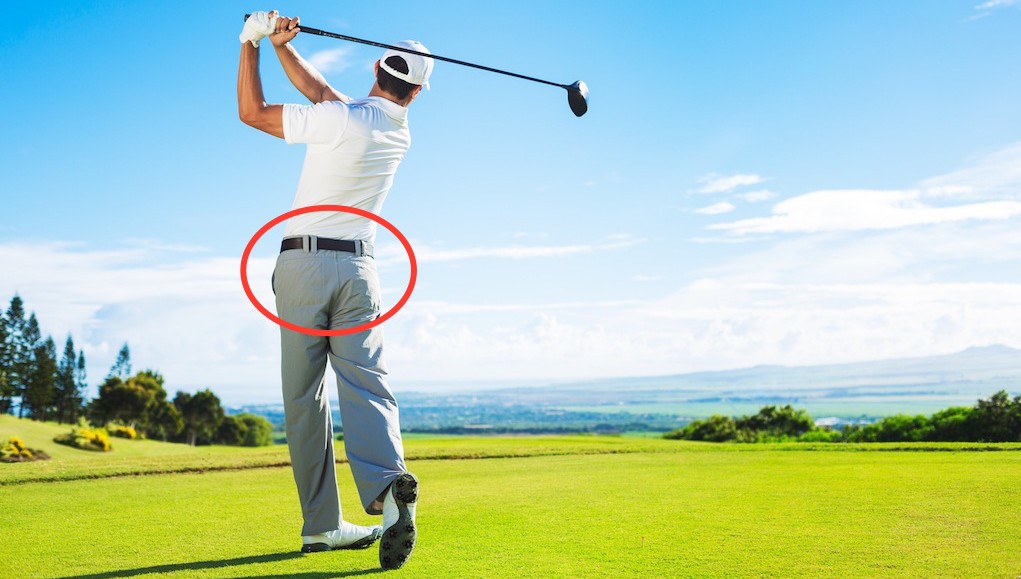
The golf product industry was built selling products that help you gain distance, and being fit for the right equipment can help you gain distance. Despite this, I routinely see golfers who have been fit for clubs still lacking one thing that can help them with distance: pelvic control.
The pelvis is the key to more distance. It is also the key to improved lower back health and better posture, too, along with the distance and power that all golfers crave. One thing I’ve never heard from a golfer is, “I want to hit the ball 20 yards less; I just hit it too far.” From tour players to long drive competitors to amateur golfers, distance is king, and more can be unlocked by ensuring the pelvis is working properly.
Our pelvis is the connection between our upper and lower body; it’s the vehicle for weight and power transfer throughout the golf swing. There are many muscles that affect movement and positioning of the pelvis, but the most important place to start is with neutral positioning.
Most people spend the majority their day sitting. Let’s paint a quick picture: wake up, shower, sit during breakfast, commute to work sitting 20-30 minutes, sit at your desk for 7-8 hours, commute home sitting, eat dinner sitting, watch television sitting and go back to sleep. For those of you who train at a gym, think of how many exercises do you perform where you are sitting — probably most of them. Just to prove a point, you are mostly likely sitting while reading this article. We do a lot of sitting as a society.
Sitting promotes prolonged pelvic positioning that places our pelvis in a backward-tilted position. This promotes tight hamstrings, back and upper thigh muscles, as well as weak buttock and abdominal muscles. Prolonged sitting is robbing you of distance on the golf course. So I guess the answer is more standing, right? I wish it were that simple. Standing incorrectly can cause similar problems.
Before we go further, let’s discuss some basic anatomy of the pelvis and talk about what it does. The pelvis does three basic things.
- Tilt
- Side Bend
- Rotate
Each motion affects the other. If there is too much or too little tilt, you have difficulty rotating. If you have too much side bend you have difficulty with tilting, etc. The goal is to find a neutral position.
Your neutral pelvic position is defined simply as the middle between forward tilt and backward tilt. Here’s you how to find neutral.
Sit in your chair with your feet on the ground. First, we should have some awareness of where you currently are. Is your pelvis tilted forward or backward? Imagine you’re wearing a large belt buckle; is it tilted closer to your belly or more toward the floor? Awareness of where we are is an important first step. Now let’s find the middle of our motion, or our neutral position.
Our cadence and order for movement to find neutral is
- Arch your back.
- Flatten your back.
- Arch your back.
- Flatten half way.
I will now take you through finding neutral in sitting.
Arch your back or belt buckle so it tilts toward the floor. Now flatten or round your back. This is the same motion we do when we relax sitting into a couch. Then arch your back again and flatten your back half way. The position you are in is your neutral position (keep in mind that it’s different for everybody).
This neutral position is the key to balance, power and most importantly distance in the golf swing. It sets you up to be able to load into your backswing and transfer power and weight into your lead leg.
Finding Pelvic Neutral (Seated)
Most golfers are not in a neutral pelvic position when they address the golf ball. There are two common pelvis faults that you’ve probably heard of that plague most golfers: S-posture and C-posture.
S-posture is a setup position that can lead to lower back pain, balance issues and inconsistencies in our swing. C-posture can lead to similar issues, but most important to us as golfers is both postures are robbing us of distance.
Finding Pelvic Neutral (Standing)
Our brain is in protection mode at all times. If you are set up in either S- or C-posture and are risking a possible injury, your brain will decrease your muscle force output. This means you are working at a decreased capacity when you swing the club. Proper setup with your pelvis when you address the ball is vital for setting the foundation to a fast and stable swing. Trying to hit a golf ball from an improper pelvic position at address is like trying to fire a cannon from a canoe. You will have to get it “just right” to get any distance.
Finding and maintaining this neutral pelvis position can be achieved by spending more time in neutral and exercising there as well. The first step starts with finding neutral, as explained earlier, and supporting it while you are sitting at work and home. To train neutral you will first start by lying on your back with your knees bent up.
Place your hands on your buttock muscles and squeeze your buttock muscles as hard as you can. We are using your hands to measure how hard you are squeezing and if your right and left buttock are squeezing equally. You should feel a strong contraction when you tighten your buttock muscles. If your buttock muscles are not working properly, you may experience tightness in your hamstrings or abdominals. This means your buttock muscles are probably not working to full capacity or are inhibited. If you get a good buttock squeeze on both sides, try to squeeze one buttock at a time. You should be able to tight one buttock muscle with the opposite side relaxed. If these are easy, then your next move is to lift your hips in the air and perform a bridge.
While your hips are in the air, straighten one leg out. With your leg straight, can you keep your pelvis level? If you experience any hamstring cramping, lower back tightening or cannot maintain a level pelvis, your buttock muscles are not working properly.
Your buttock muscles tilt your pelvis backward. This is important because when standing in golf posture your pelvis is already tilted forward so your buttock muscles need to be working to stop the pelvis from tilting too far forward. As you rotate your pelvis into your backswing your tilt decreases, which is controlled by your buttock muscles. If your buttock muscles are not stabilizing properly, you will not be able to control your pelvis and will be unable to transfer weight properly from your lower body to your upper body. Being unable to control the stability of your pelvis will result in a loss in distance and inconsistencies with your swing.
If your buttock is contracting properly, we need to challenge you in different positions. Standing up, can you tilt your pelvis forward or backward? Now get into a golf posture as if you have a longer iron, cross your arms and rest them on your chest and try to tilt your pelvis forward and backward. We will use the same cadence as before, arch your back, flatten your back, arch your back and flatten half way. This is your neutral position in golf posture.
Beginning your swing in a neutral pelvic position is the key to more distance. As you flatten your back or rotate your pelvis backward you may experience vibrations in your pelvis. This can be alarming to some people, as it seems to happen involuntarily without your control. These vibrations have been commonly called “shake and bake.” If this shake and bake happens it is because your brain is having trouble coordinating the muscle contractions that cause your pelvis to tilt. This lack of coordination performing your pelvic tilt will affect your ability to smoothly use your pelvis during your golf swing.
Your neutral position is individual to you and is your key to distance. Practice makes permanent, so we now need to train this position in standing. Our goal is to maintain a neutral pelvis while we squat, push, pull, throw and carry things. And if you can do that, there’s a good chance it will translate into more power on the golf course.
- LIKE191
- LEGIT28
- WOW18
- LOL5
- IDHT2
- FLOP5
- OB4
- SHANK48
Instruction
Clement: Stop ripping off your swing with this drill!

Not the dreaded headcover under the armpit drill! As if your body is defective and can’t function by itself! Have you seen how incredible the human machine is with all the incredible feats of agility all kinds of athletes are accomplishing? You think your body is so defective (the good Lord is laughing his head off at you) that it needs a headcover tucked under the armpit so you can swing like T-Rex?
- LIKE0
- LEGIT1
- WOW2
- LOL0
- IDHT0
- FLOP0
- OB0
- SHANK2
Instruction
How a towel can fix your golf swing

This is a classic drill that has been used for decades. However, the world of marketed training aids has grown so much during that time that this simple practice has been virtually forgotten. Because why teach people how to play golf using everyday items when you can create and sell a product that reinforces the same thing? Nevertheless, I am here to give you helpful advice without running to the nearest Edwin Watts or adding something to your Amazon cart.
For the “scoring clubs,” having a solid connection between the arms and body during the swing, especially through impact, is paramount to creating long-lasting consistency. And keeping that connection throughout the swing helps rotate the shoulders more to generate more power to help you hit it farther. So, how does this drill work, and what will your game benefit from it? Well, let’s get into it.
Setup
You can use this for basic chip shots up to complete swings. I use this with every club in my bag, up to a 9 or 8-iron. It’s natural to create incrementally more separation between the arms and body as you progress up the set. So doing this with a high iron or a wood is not recommended.
While you set up to hit a ball, simply tuck the towel underneath both armpits. The length of the towel will determine how tight it will be across your chest but don’t make it so loose that it gets in the way of your vision. After both sides are tucked, make some focused swings, keeping both arms firmly connected to the body during the backswing and follow through. (Note: It’s normal to lose connection on your lead arm during your finishing pose.) When you’re ready, put a ball in the way of those swings and get to work.

Get a Better Shoulder Turn
Many of us struggle to have proper shoulder rotation in our golf swing, especially during long layoffs. Making a swing that is all arms and no shoulders is a surefire way to have less control with wedges and less distance with full swings. Notice how I can get in a similar-looking position in both 60° wedge photos. However, one is weak and uncontrollable, while the other is strong and connected. One allows me to use my larger muscles to create my swing, and one doesn’t. The follow-through is another critical point where having a good connection, as well as solid shoulder rotation, is a must. This drill is great for those who tend to have a “chicken wing” form in their lead arm, which happens when it becomes separated from the body through impact.
In full swings, getting your shoulders to rotate in your golf swing is a great way to reinforce proper weight distribution. If your swing is all arms, it’s much harder to get your weight to naturally shift to the inside part of your trail foot in the backswing. Sure, you could make the mistake of “sliding” to get weight on your back foot, but that doesn’t fix the issue. You must turn into your trial leg to generate power. Additionally, look at the difference in separation between my hands and my head in the 8-iron examples. The green picture has more separation and has my hands lower. This will help me lessen my angle of attack and make it easier to hit the inside part of the golf ball, rather than the over-the-top move that the other picture produces.


Stay Better Connected in the Backswing
When you don’t keep everything in your upper body working as one, getting to a good spot at the top of your swing is very hard to do. It would take impeccable timing along with great hand-eye coordination to hit quality shots with any sort of regularity if the arms are working separately from the body.
Notice in the red pictures of both my 60-degree wedge and 8-iron how high my hands are and the fact you can clearly see my shoulder through the gap in my arms. That has happened because the right arm, just above my elbow, has become totally disconnected from my body. That separation causes me to lift my hands as well as lose some of the extension in my left arm. This has been corrected in the green pictures by using this drill to reinforce that connection. It will also make you focus on keeping the lead arm close to your body as well. Because the moment either one loses that relationship, the towel falls.


Conclusion
I have been diligent this year in finding a few drills that target some of the issues that plague my golf game; either by simply forgetting fundamental things or by coming to terms with the faults that have bitten me my whole career. I have found that having a few drills to fall back on to reinforce certain feelings helps me find my game a little easier, and the “towel drill” is most definitely one of them.
- LIKE11
- LEGIT1
- WOW2
- LOL0
- IDHT0
- FLOP2
- OB0
- SHANK8
Instruction
Clement: Why your practice swing never sucks
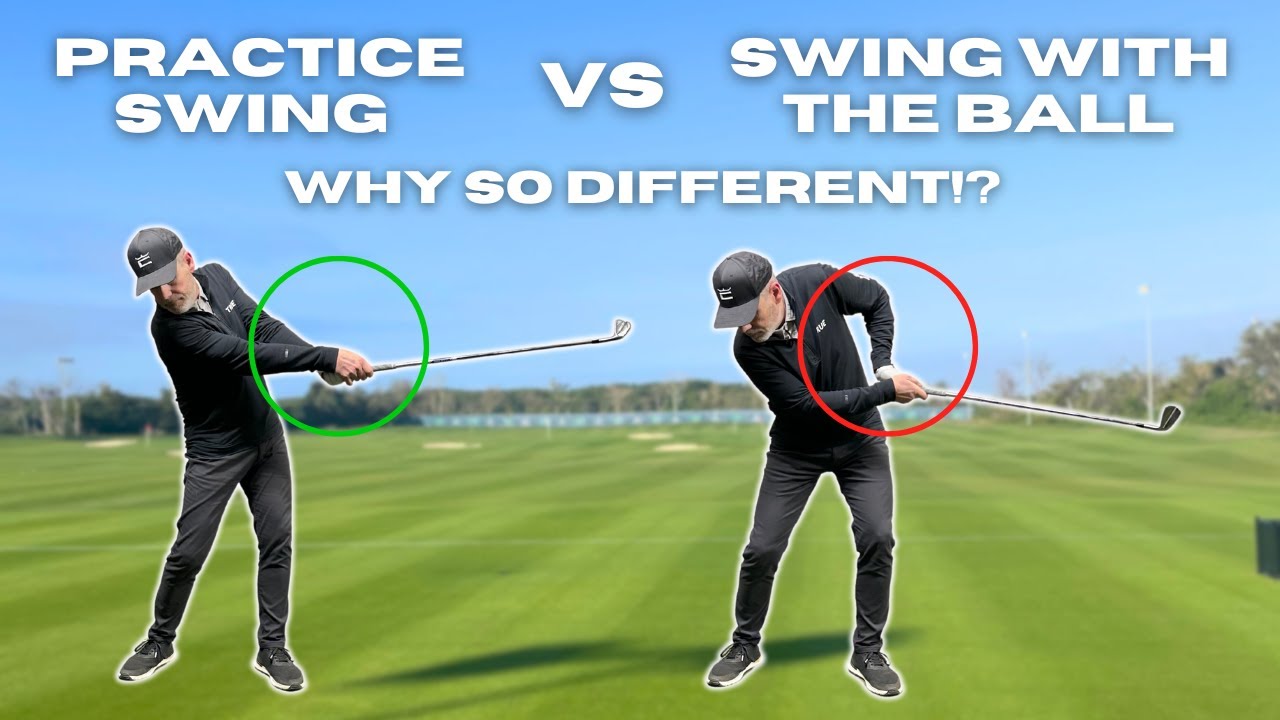
You hear that one all the time; I wish I could put my practice swing on the ball! We explain the huge importance of what to focus on to allow the ball to be perfectly in the way of your practice swing. Enjoy!
- LIKE0
- LEGIT0
- WOW0
- LOL0
- IDHT0
- FLOP0
- OB0
- SHANK2
-
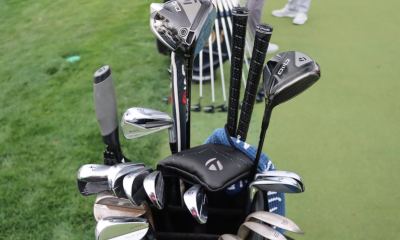
 Whats in the Bag3 weeks ago
Whats in the Bag3 weeks agoScottie Scheffler WITB 2024 (March)
-
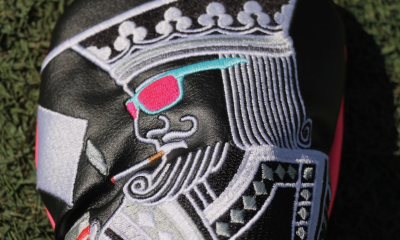
 Tour Photo Galleries3 weeks ago
Tour Photo Galleries3 weeks agoPhotos from the 2024 Arnold Palmer Invitational
-
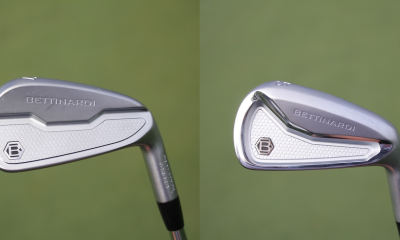
 Equipment3 weeks ago
Equipment3 weeks agoSpotted: Bettinardi irons at the Arnold Palmer Invitational
-

 19th Hole3 weeks ago
19th Hole3 weeks agoPaulina Gretzky opens up on receiving death threats following DJ’s move to LIV Golf
-

 19th Hole3 weeks ago
19th Hole3 weeks agoVincenzi’s 2024 Arnold Palmer Invitational betting preview: Big names ready to pounce at Bay Hill
-
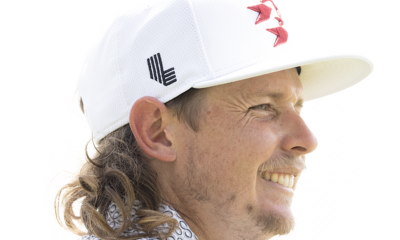
 19th Hole3 weeks ago
19th Hole3 weeks agoVincenzi’s LIV Golf Hong Kong betting preview: Trio of major champs primed for big week
-

 19th Hole4 days ago
19th Hole4 days ago2-time major champ announces shock retirement from the sport at age of 33
-

 19th Hole5 days ago
19th Hole5 days agoEdoardo Molinari reveals the latest PGA Tour golfer to turn down ‘good offer’ from LIV Golf


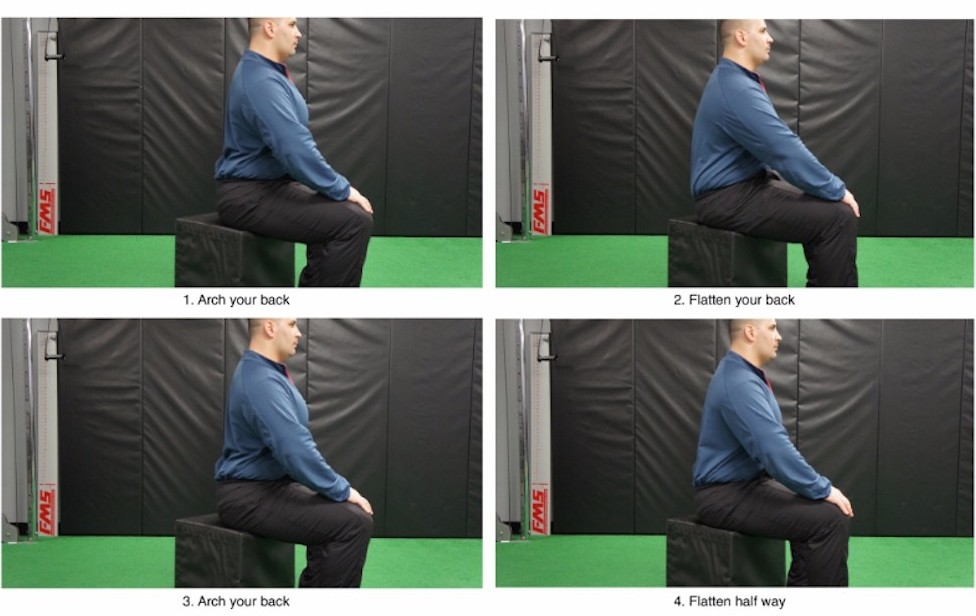
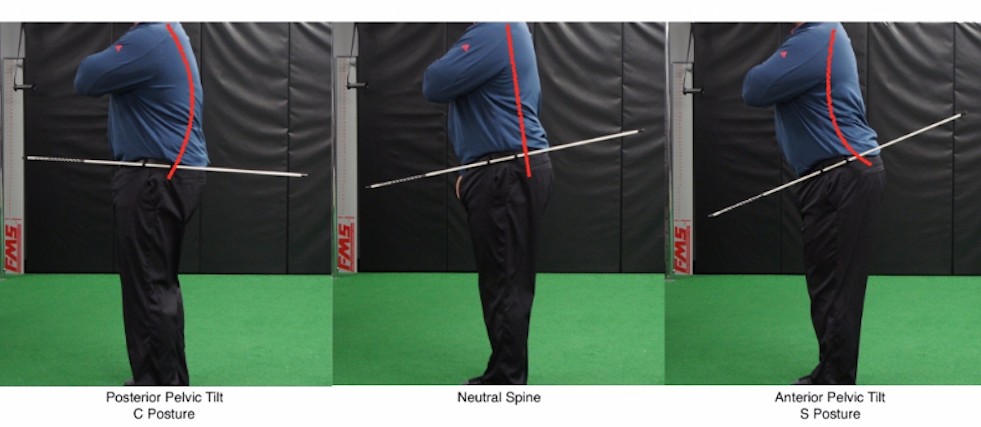











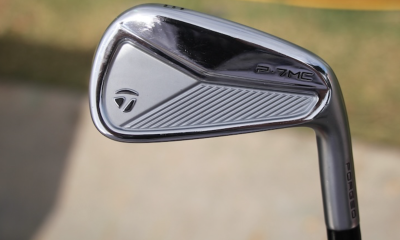

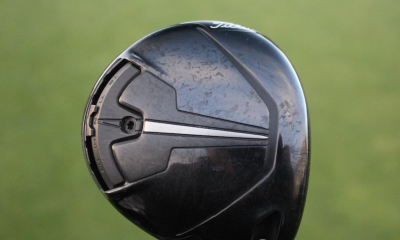

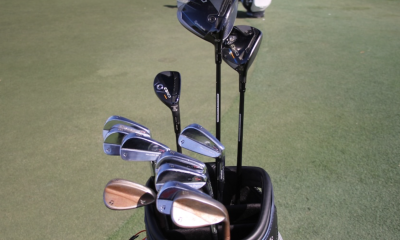

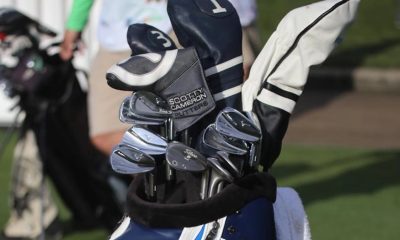

Bb1
Apr 6, 2017 at 5:36 am
Thanks Jim. Appreciate it.
User
Mar 30, 2017 at 11:24 pm
Need to build a stronger pelvis so I can be better at Golf… and in bed
Dill Pickelson
Mar 30, 2017 at 11:18 pm
hugely important topic. thank you.
Bb1
Mar 30, 2017 at 7:33 pm
What commonly causes players to lose their posture and ‘stand up’ in their backswing or downswing from a physiological point of view?
Also could you explain why they may do the opposite and lose height?
Many thanks
Jim Alberry
Apr 1, 2017 at 12:40 pm
Bb1, There are a few reasons one may “stand up” in their backswing. Every problem can fall under two basic categories, physical or technical. I can only speak to the possible physical causes. Not every golf fault is the result of a physical limitation. Sometimes our physical limitations are actually the thing that sets up apart as golfers. If you do not have enough rotation in your hips or spine that can cause you to “stand up.” If your shoulders do not rotate enough that could also cause a “stand up” by lifting your arms. Believe it our not if you cannot touch your toes that could be the reason. Sometime we cannot touch our toes because we do not move our pelvis backwards as we bend. Most of the time we are unaware that we cannot do this which affects our golf swing because as we begin our back swing and rotate our pelvis we should be “loading” our trail side/ trail heel which is the same as our pelvis moving backwards. Pelvic rotation is an ellipse motion so for a right handed golfer rotating into their backswing the right hip is moving backwards. If we are unable to rotate in our hips, stay connected torso to lower body and torso to arms we will probably “gain height” into our backswing. Most of these could lead to the golfer losing height as well. If this golfer is you the best thing you could do is get a physical screen to make sure there are not any physical limitations affecting your swing and get that tied into golf lessons to make the body-swing connection.
larrybud
Mar 30, 2017 at 1:54 pm
While having a limber back and pelvis is all around good, it’s not the key to speed. Monte proves it:
https://www.youtube.com/watch?v=TUx4Rtu58z4
Jim Alberry
Mar 30, 2017 at 5:26 pm
LarryBud-you are correct. Speed definitely can come from the arms, hands and wrists. Having a neutral pelvis and a solid base will allow you to transfer power to your arms and hands more efficiently so you can use that speed. This is the “firing a cannon from a canoe” example that is in the article. When your pelvis is stable you can “fire” those hands as fast as you can control.